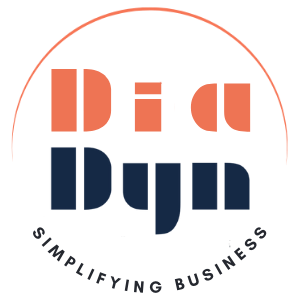At its heart, project management software is a digital platform that helps you plan, organize, and oversee a project from beginning to end. It’s like a command center where you can assign tasks, set deadlines, track progress, and keep everyone on the same page all in one place. Unlike a physical planner or a messy spreadsheet, it’s dynamic, collaborative, and often packed with features to make your life easier.
This isn’t just for corporate bigwigs. Freelancers use it to juggle client work, small businesses rely on it to manage inventory or marketing, and even students turn to it for group assignments. Whether your project involves one person or fifty, this software scales to fit your needs.
What is Project Management Software?
Project management software is a digital tool that helps individuals and teams plan, organize, manage, and track projects from start to finish. It provides a centralized platform for setting goals, assigning tasks, scheduling deadlines, collaborating with team members, and monitoring progress. Whether for small teams or large enterprises, these tools help streamline workflows, improve accountability, and boost overall productivity.

How Does Project Management Software Work?
Think of project management software as a three-legged stool: it supports planning, tracking, and collaboration. Let’s break down each piece with some detail.
1. Planning: Building the Blueprint
Every project starts with a vision say, delivering brake parts for a client like Automobile spare parts company. The software lets you turn that vision into a concrete plan:
- Task Breakdown: Split the project into bite-sized pieces
- Deadlines and Dependencies: Set due dates and link tasks that rely on each other
- Visualization Tools: Use Gantt charts or Kanban boards to see the big picture.
This planning stage ensures nothing falls through the cracks before you even start.
2. Tracking: Keeping Tabs on Progress
Once the project kicks off, the software becomes your progress tracker:
- Task Status: See at a glance who’s working on what and whether it’s on schedule, overdue, or complete.
- Notifications: Get pinged when a deadline’s approaching .
- Milestone Monitoring: Mark key achievements.
For instance, if a team member’s stuck sourcing a part, the software highlights the delay so you can step in early.
3. Collaboration: Bringing the Team Together
Projects often involve multiple people, and this is where collaboration shines:
- Centralized Communication: Ditch email chains comment on tasks or chat within the tool
- File Sharing: Upload docs, images, or PDFs (like a supplier invoice) so everyone has access.
- Real-Time Updates: If someone finishes a task, the whole team sees it instantly, even across time zones.
Imagine coordinating a delivery: one person uploads the shipping label, another confirms receipt, and you oversee it all without leaving the platform.
Why Should You Care About Project Management Software?
Still on the fence? Here’s why it’s a game-changer, with some real-world perks:
- Clarity: No more “Wait, who’s handling this?” everything’s laid out clearly.
- Efficiency: Automate reminders or task assignments instead of micromanaging.
- Accountability: Team members see their responsibilities, reducing finger-pointing.
- Flexibility: Need to push a deadline or reassign a task? Adjust it in seconds.
- Scalability: Works for a solo gig (e.g., “Write a blog”) or a massive rollout
Key Features to Explore
Not all tools are identical, but here’s a rundown of features beginners should look for, with examples of how they help:
- Task Management: Create, assign, and check off to-dos.
- Calendars and Timelines: Visualize deadlines.
- File Storage: Attach files to tasks.
- Time Tracking: Log hours spent.
- Integrations: Connect with tools like Diadyn HRM, Diadyn CRM
These features vary by tool, so pick one that matches your project’s complexity.
Who Can Benefit from Project Management Software?
It’s not just for suits in boardrooms. Here’s who’s using it and how:
- Freelancers: A graphic designer tracks revisions, deadlines, and client feedback for multiple gigs.
- Small Businesses: A shop like Automobile spare parts store coordinates stock orders, deliveries, and promotions.
- Students: A group plans a research paper, assigning sections and due dates.
- Large Teams: A construction crew schedules equipment, labor, and inspections for a build.
No matter your role, if you have got goals and steps to hit them, this software fits.
Final Thoughts
Project management software isn’t about overcomplicating things it’s about turning chaos into calm. It’s your roadmap, your cheerleader, and your safety net, all rolled into one. For beginners, it’s less about mastering every feature and more about finding a system that clicks for you. So pick a tool, start small, and watch your projects run smoother than ever.

